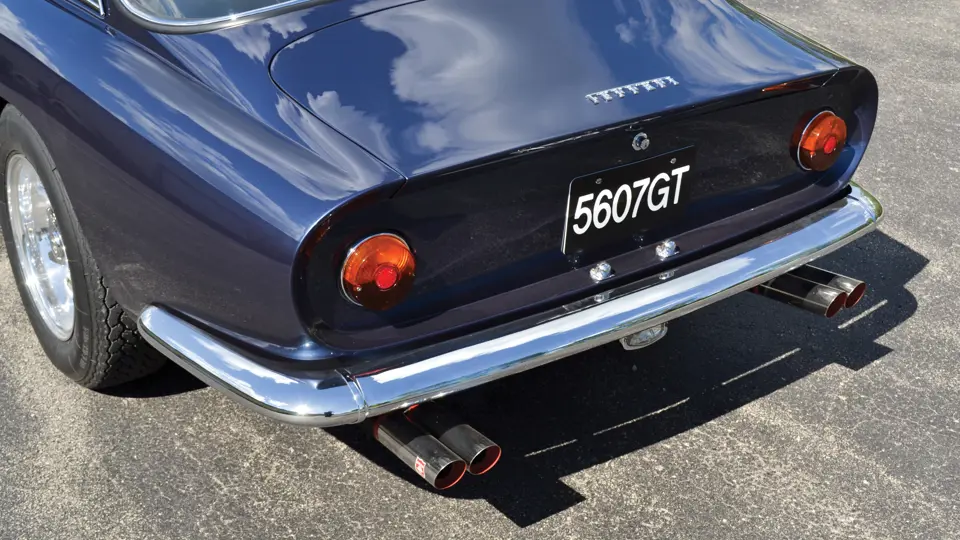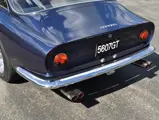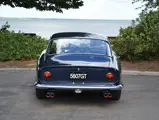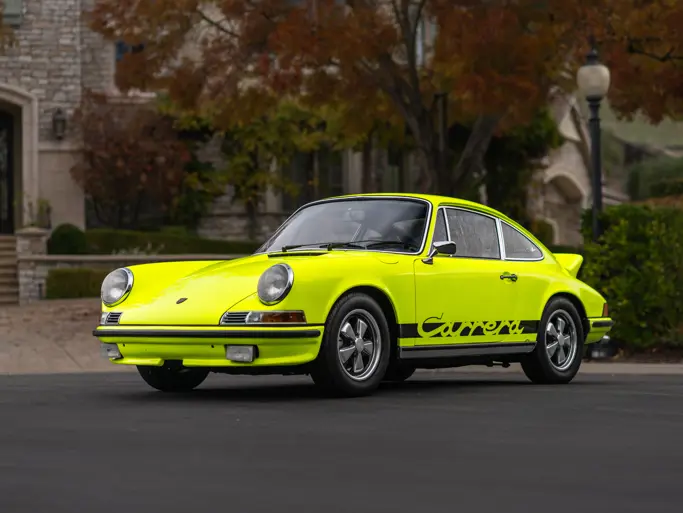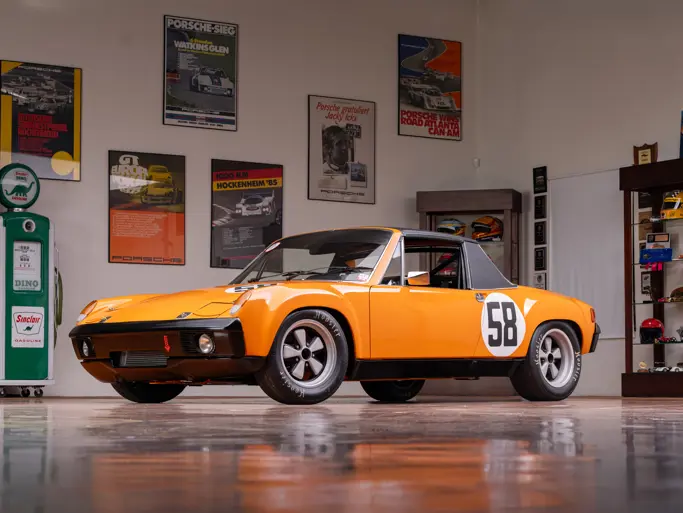
1964 Ferrari 250 GT/L Berlinetta 'Lusso' by Scaglietti
{{lr.item.text}}
Sold
{{bidding.lot.reserveStatusFormatted}}
- Recent show-quality restoration by famed Ferrari restorer Motion Products Inc.
- Finished in stunning Blue Sera over Tobacco
- Complete set of books and tools
- The 290th example of 350 total examples produced; long-term early ownership history
- Matching-numbers example
- Undergoing Ferrari Classiche certification
250 bhp, 2,953 cc DOHC V-12 engine, four-speed manual gearbox, independent front suspension with unequal-length A-arms and coil springs, live rear axle with semi-elliptical leaf springs and parallel trailing arms, and four-wheel hydraulic disc brakes. Wheelbase: 94.5 in.
Appearing for the first time in prototype form at the Paris Motor Show in October 1962, Ferrari’s 250 GT/L, or Lusso (for Luxury) as it became known, was instantly regarded as one of the most exquisitely proportioned Ferraris ever built. Ferrari’s intentions with the car were laid bare in its nomenclature; this new Ferrari was to beautifully combine power, performance, comfort, and elegance in order to create the world’s finest high-speed grand tourer.
The Lusso was considered a design triumph for Pininfarina and the coachbuilder Scaglietti. Its elegant lines were reminiscent of the 250 GT SWB Berlinetta but were more sensuous and far less aggressive, in an effort to reflect the character of the car. Characterized by its Kamm tail and thick C-pillars, the design helped to bathe the car’s interior in natural light and greatly reduced any blind spots for the driver.
The new Lusso utilized Ferrari’s tried-and-true 2,400-millimeter-wheelbase chassis and 3.0-liter Colombo short-block V-12. However, not all would remain the same, and the Lusso received a number of upgrades thanks to lessons learned from the 250 GT SWB and 250 GTO in competition. These improvements principally consisted of the use of concentric springs around the telescopic shock absorbers and a Watts linkage to laterally stabilize the rear axle; both of these features were developed on the legendary race-winning GTO.
Inside, the driver and passenger were met with an interior with nearly every surface covered in fine Italian leather, aside from its metal, wood-rimmed Nardi steering wheel. The Lusso utilized a unique dashboard arrangement that had never been offered on any other Ferrari. The console featured a large-dial tachometer and speedometer, located in the central position and angled toward the driver, and five smaller gauges could be found in the traditional instrument panel location. Behind the seats was a parcel shelf big enough for a few bags, should the car’s trunk not be enough. However, it was completely understandable if the owner wished to stow all their luggage in the trunk, if only to occasionally catch a glance at the beautiful quilted leather that upholstered the parcel shelf.
As this was the final car of the 250 series, this would be the last time this engine was fitted to a Ferrari, as its replacement would be the 3.3-liter 275 engine. Production concluded in late 1964, and by that time, a modest quantity of just 350 examples were produced. The Lusso has understandably become one of the most prized Enzo-era Ferraris, as a result of not only its place in history but also its low production.
CHASSIS NUMBER 5607 GT
Constructed in early 1964, chassis number 5607 GT was delivered new to Rezzaghi Motors, the official Ferrari dealer in San Francisco, in May 1964. Unfortunately, the car’s first California owner is unknown, but it is known that the Lusso was sold to its second owner, Mrs. Helen Hook, of Oakland, California, in 1966. Mrs. Hook would go on to own the car for the rest of her life. Following her passing, the car was inherited by her husband, William Stewart Hook, in 1981, according to Ferrari historian Marcel Massini.
Chassis number 5607 GT stayed with Mr. Hook for the next 11 years and finally left his possession in 1993, showing 6,000 miles on its odometer. The car remained in California for the next 10 years and was sold in 2003 to a new owner in Japan. While in Japan, the car was registered in the name of the Gaikokuya Trading Co. Ltd.
After returning to the United States, the car was purchased by its current owner in 2009. In his custody, chassis number 5607 GT was sent to the Ferrari specialists at Motion Projects Inc. in Neenah, Wisconsin, where it received a show-quality restoration that was just recently completed. The team at Motion Products Inc. further confirmed that the car is indeed a matching-numbers example and that they found the body to be in excellent condition after they stripped it to bare metal in preparation for its new coat of paint. It is important to note that this Lusso is accompanied by a correct set of books and tools. Finally, chassis 5607 GT has been submitted for Ferrari Classiche certification.
As the final model of the fabled 250 series of Ferraris, the Lusso holds a special place in the hearts of tifosi. In May 1964, Car and Driver wrote, “Its proportions approach perfection,” and it remains just as beautiful today, over 50 years from when the last Lusso left Maranello. Following the completion of its restoration, chassis number 5607 GT is arguably one of the finest Lussos in existence. It would certainly be a welcome addition to the stable of any collector because of its incredible quality, attention to detail, and overall beauty, and it would certainly receive only the most favorable of comments at concours events around the world.
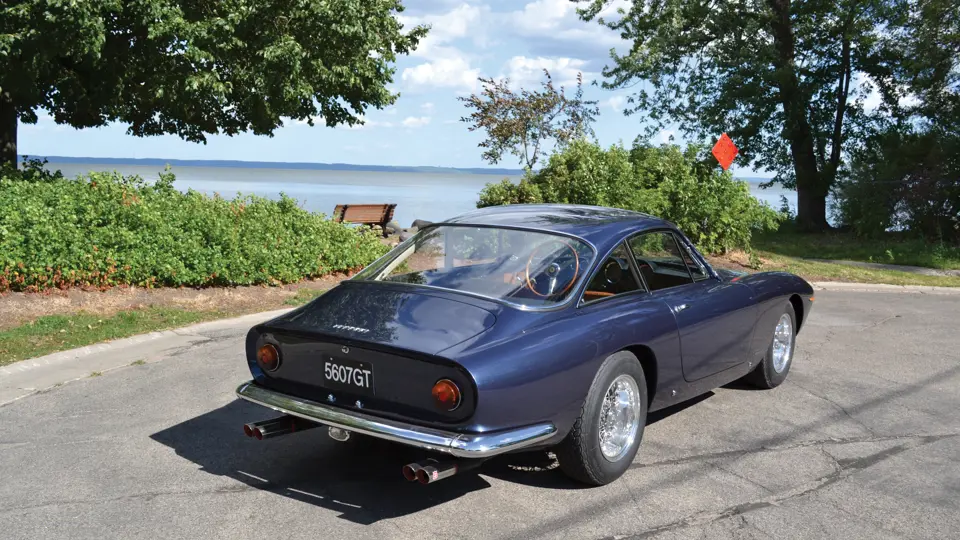



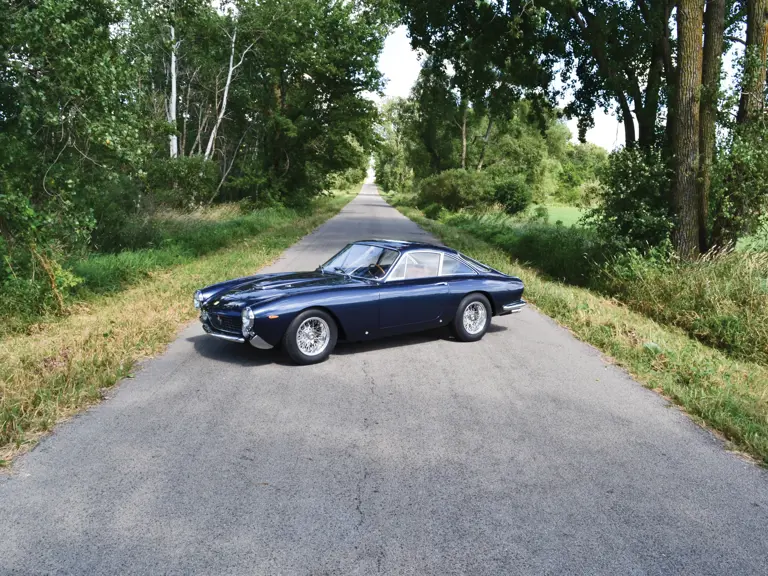
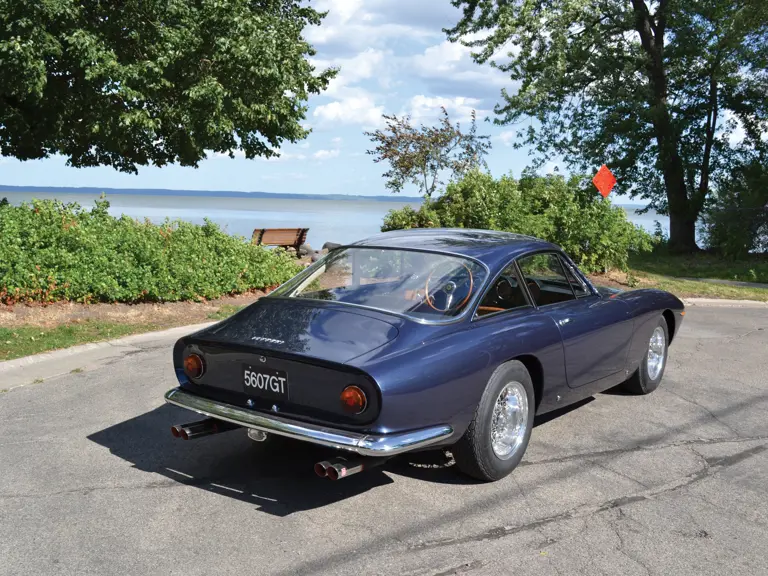
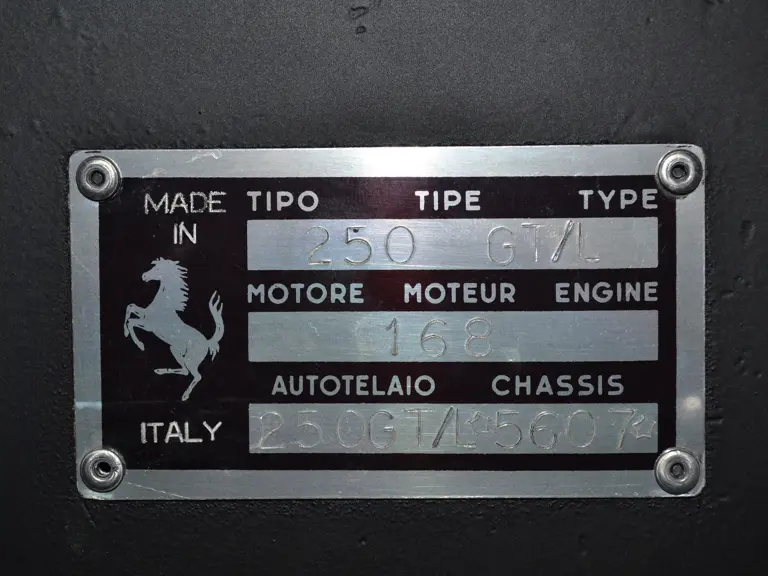

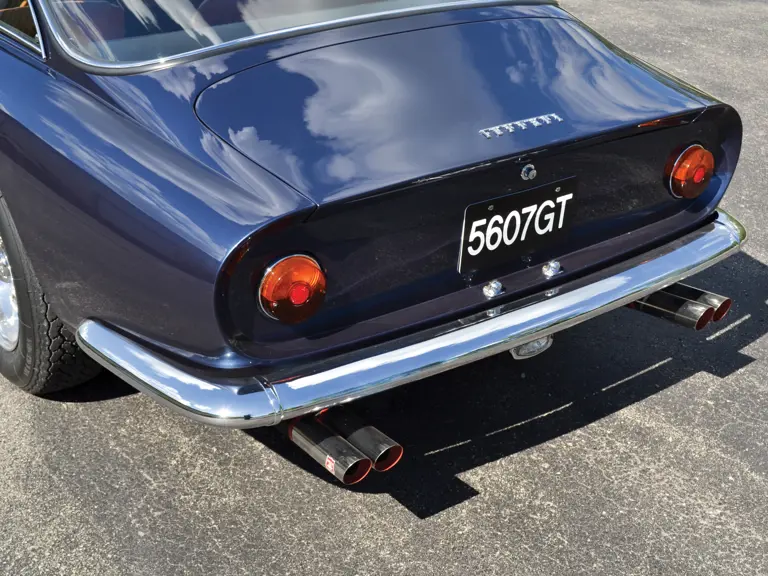
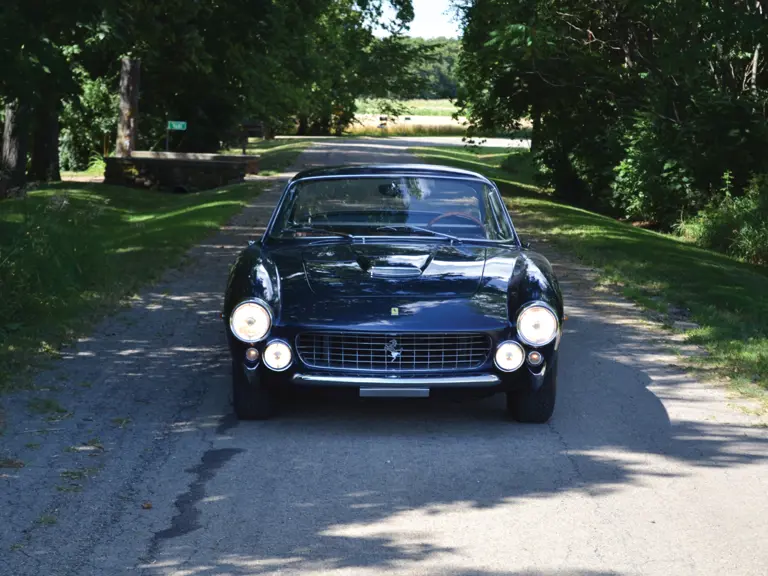
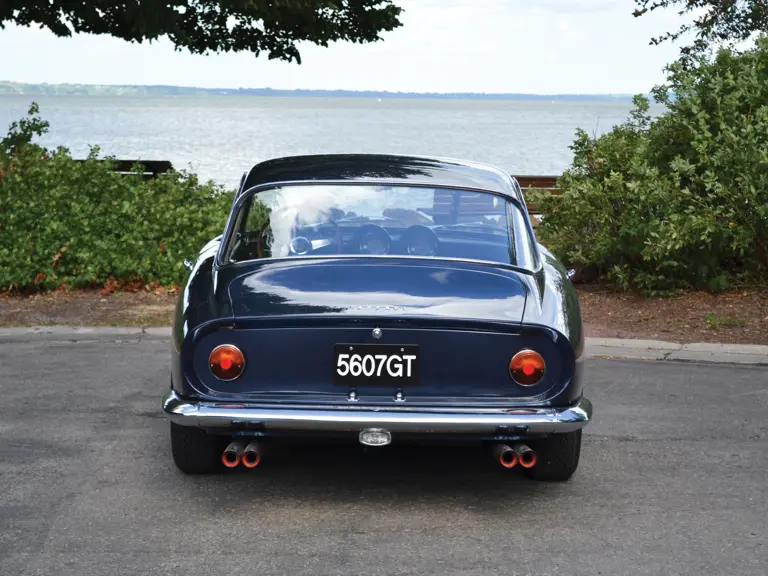
 | Monterey, California
| Monterey, California
